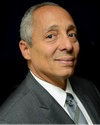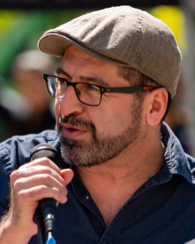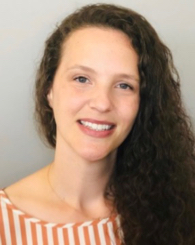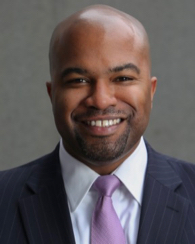… and reduce the negative impact of the new tax law.
With the increase in the standard deduction and the new limitation on state and local tax deductions, fewer people itemized on their 2018 returns, thus decreasing the tax incentive to make charitable gifts. In addition, the estate and gift tax exclusions were also doubled, which may lessen the incentive to make bequests to charities. According to the Tax Policy Center, these changes led to an estimated 12 to 20 billion dollar decline in overall charitable giving, or roughly a 5% decline in contributions.
So, what should your nonprofit do?
Focus on developing high net worth donors now and educating individuals on maximizing their way of giving, recommends Javier Goldin, managing partner of Goldin Group CPAs. Further he offers four suggestions to give potential donors.
1. Group gifts
One way to join the 1 in 10 tax filers expected to itemize this year is to do something called bunching. With this strategy, as many deductible expenses as possible (for example, medical expenses) are shifted into one year, so that itemizing becomes advantageous. Then the standard deduction is taken the next year or two.
In the case of charitable gifts, that would mean donating two or three years’ worth of gifts in one year. This may be tough for those who may not have extra cash accessible, but there’s a solution to that issue. By making a substantial gift—typically a minimum of $5,000—to a donor-advised fund, the donor can deduct the full gift now and then direct the money to charity over time. Fidelity, Schwab and Vanguard are among the financial firms offering these planned giving accounts.
2. Use IRA distributions
People who are 70½ or older and are taking required minimum distributions from an individual retirement account can funnel those withdrawals directly to charity (up to a max of $100,000 a year). With what’s called a qualified charitable distribution (QCD), donors can’t write off the gift, but they won’t owe income taxes on the withdrawal. So in the 22 percent federal tax bracket, a $10,000 QCD saves $2,200 in taxes. (A QCD is not an option with 401(k) savings plans or, in virtually all cases, from Roth IRAs.)
3. Donate stock winners
Another way to come up with a big gift is to tap into investment portfolios. More than nine years into this bull market, donors may be sitting on highly appreciated stocks or mutual funds. By donating that stock instead of selling it, donors may be able to deduct the full market value. They also avoid the big tax bill they would face if they cashed out and kept the profits.
Another option is to keep the stocks or funds in their portfolio and donate the shares. Then using the cash that they would have donated to your nonprofit, they can buy more shares in the same investments.
4. Save more in high-tax states
Charitable giving can be particularly beneficial for those who live in states with high income taxes. If the limits on state and local tax deductions push their overall tax rate higher, the value of their donations is higher too. That’s because every dollar donated (assuming itemizing is worthwhile) saves a higher amount in taxes. Capital gains also fall into the new federal law limiting state tax deductions to $10,000. For donors who live in states with capital gains taxes, their effective tax rate on those gains has gone “way up,” making it even more advantageous to donate winning stocks to your nonprofit before December 31.
Finally, it’s essential to make your nonprofit stand out to donors by providing accurate and complete information. Dazzle them with your infrastructure and financial efficiencies. These items will go a long way in persuading your donors that their dollars go further with you.
Article contributed by Javier Goldin, the Center’s CPA Partner. Javier is also a Founding and Managing Partner with Goldin Group CPAs in Bethesda, MD, chosen nationally as an Innovator Firm for the profession.
Share This Page:
 It’s time to get serious about keeping top performers on your team. That is the takeaway message from a new report from Nonprofit HR, a Washington-DC based research and consulting organization.
It’s time to get serious about keeping top performers on your team. That is the takeaway message from a new report from Nonprofit HR, a Washington-DC based research and consulting organization. Recognize that whether you’re aware of it or not, your nonprofit has a reputation as an employer. If you don’t have a listing on Glass Door or one of the other employee rating sites, that won’t last long. Word on the street is rapidly being replaced by word on the web. And it’s not just prospective employees who are checking out those sites—it’s prospective donors as well.
Recognize that whether you’re aware of it or not, your nonprofit has a reputation as an employer. If you don’t have a listing on Glass Door or one of the other employee rating sites, that won’t last long. Word on the street is rapidly being replaced by word on the web. And it’s not just prospective employees who are checking out those sites—it’s prospective donors as well.



